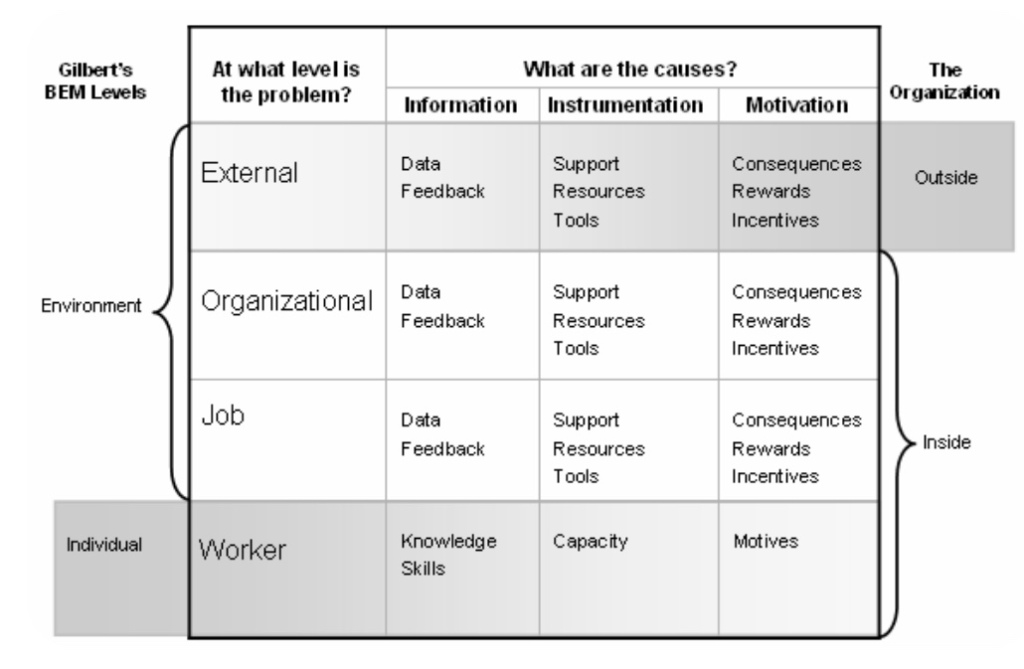Conflicts are an inevitable part of any relationship, whether personal or professional. However, how we approach and handle conflicts can make all the difference in strengthening or straining our connections.
Recognizing the type of conflict you’re facing is crucial for addressing it effectively. By correctly identifying the type of conflict, you can tailor your response and employ the appropriate conflict resolution techniques. This understanding not only helps resolve the immediate issue but also prevents future misunderstandings and escalations.

Once a conflict has been addressed, it’s essential to reflect on the experience to facilitate personal and relational growth. Asking yourself thoughtful questions can provide valuable insights and help you develop better conflict management skills. In an ideal world you would want to do this reflection with the other person.

Consider the following additional reflective questions:
- What triggered the conflict? Understanding the root cause can help prevent similar situations in the future.
- What emotions did I experience during the conflict? Recognizing your emotional responses can improve your self-awareness and emotional intelligence.
- How did I contribute to the situation? Acknowledging your role can promote accountability and prevent blame-shifting.
- What communication strategies worked or didn’t work? This can inform your approach to future conflicts.
By engaging in this reflective process, you not only gain a deeper understanding of yourself and the other person but also develop skills to navigate future conflicts more effectively. It’s an opportunity to turn conflicts into catalysts for positive change and strengthened connections.
Conflicts are inevitable, but how we approach them can make all the difference. By understanding the types of conflicts and engaging in thoughtful reflection after a conflict, we can foster growth, build stronger relationships, and develop effective conflict resolution skills. Embrace conflicts as opportunities for learning and personal development, and watch your relationships flourish.

















